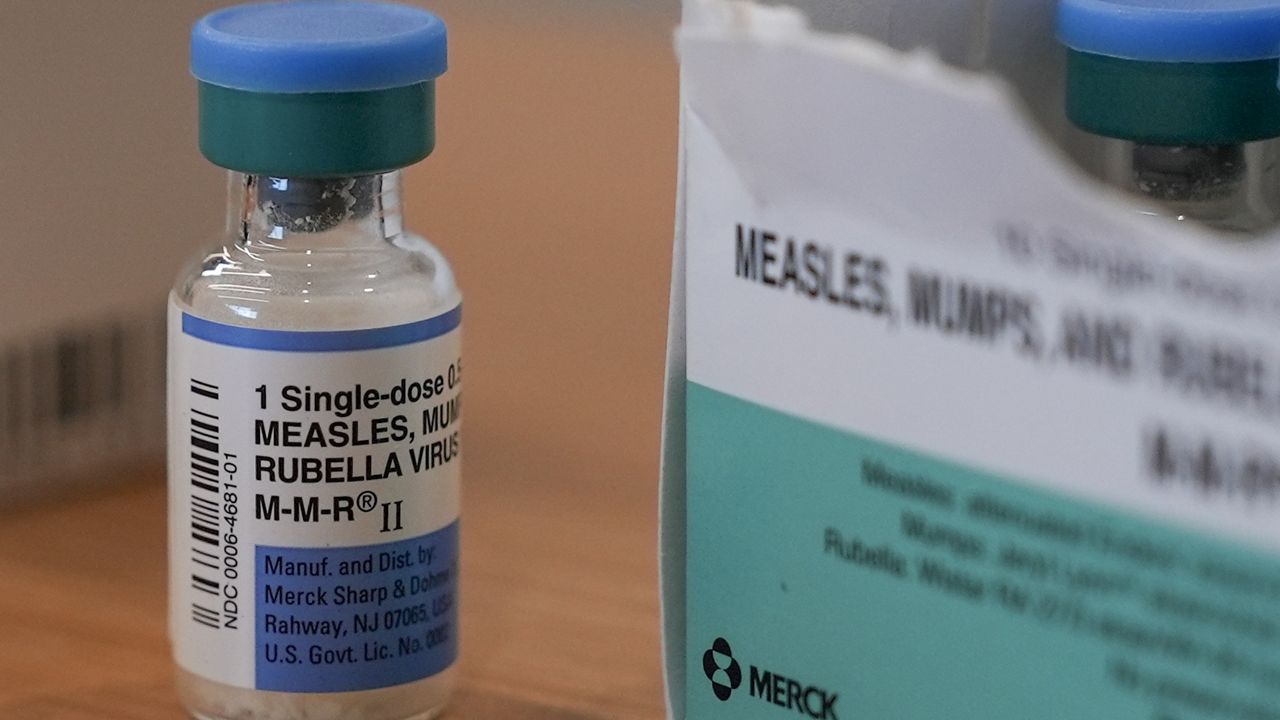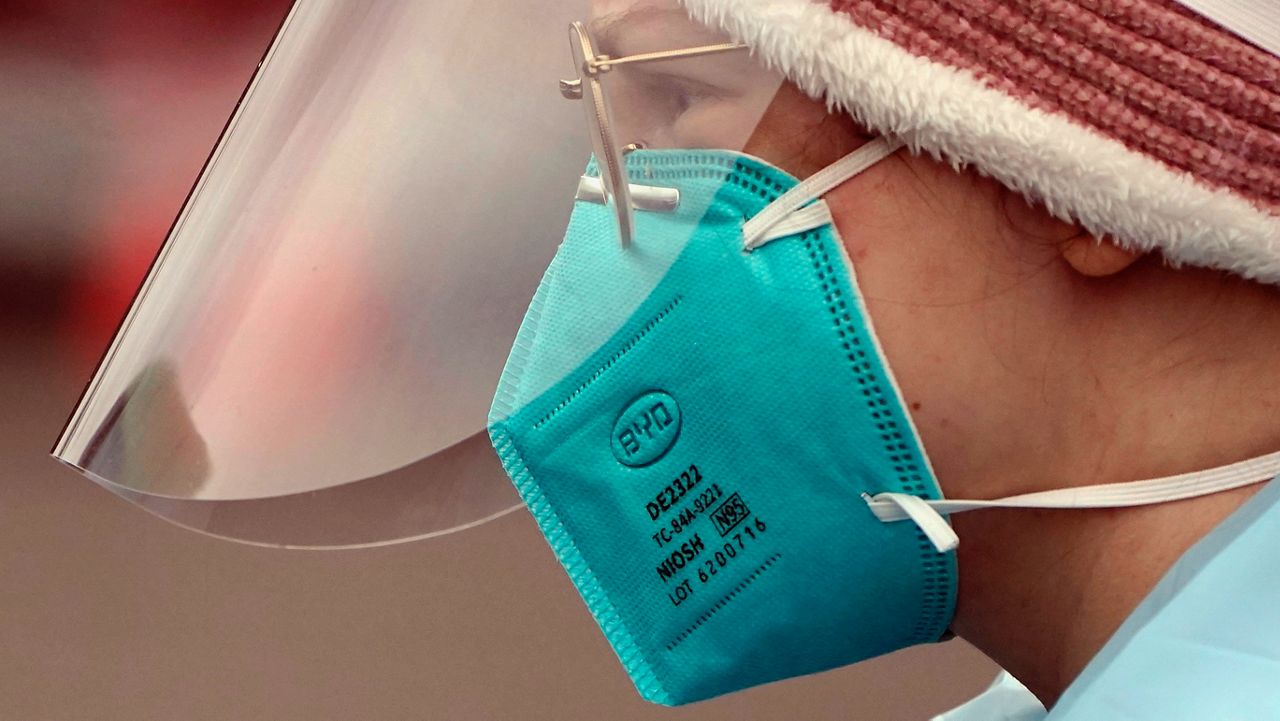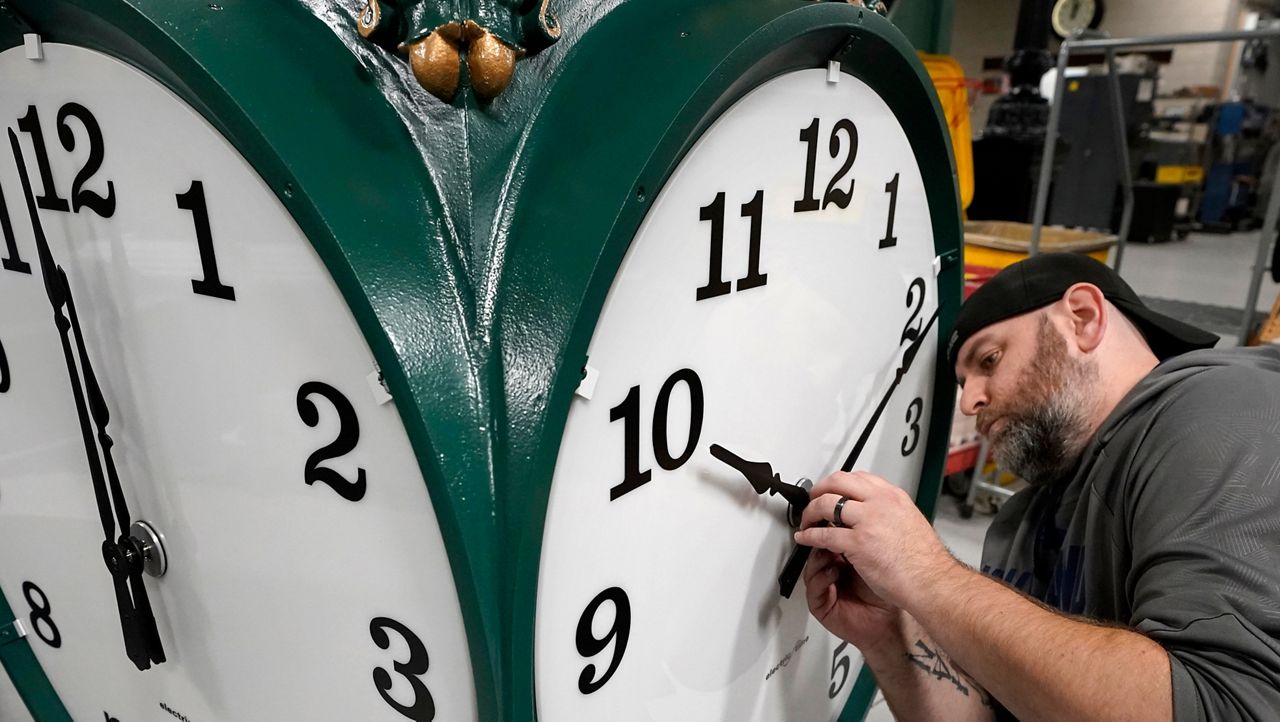On Monday, the Health Department gave a grim update to the opioid crisis in the city: 3,026 overdose deaths occurred in 2022. It’s the highest number of fatalities since reporting began in 2000, but an experimental and computer-based program on Staten Island is offering a glimmer of hope.
It’s called the Hotspotting Program, and according to Northwell Health, there was an 81% reduction in non-fatal overdoses for those involved.
What You Need To Know
- There were 3,026 opioid overdose deaths in the city in 2022, according to the Health Department
- The Hotspotting Program, an experimental and computer-based program on Staten Island, is offering a glimmer of hope
- An algorithm developed by M-I-T identifies individuals at risk of overdose
- There was an 81% reduction in non-fatal overdoses for those involved in the program
Brahim Ardolic is executive director of Staten Island University Hospital Northwell Health.
“We’re seeing that people who get identified and go into this program are way less likely to overdose than folks who haven’t been identified,” said Ardolic.
It’s an initiative led by Staten Island Performing Provider System, a division of Northwell. An algorithm developed by MIT identifies individuals at risk of overdose, which includes those who left treatment programs or have minimal access to services.
“It flags a bunch of names. We don’t have to sit there and wonder who it is. The program actually just identifies and once it identifies we reach out to them and try really hard to get them in front of services so that we can prevent the overdose,” said Ardolic.
Data shows there were two overdose-related deaths compared with 11 in the non-engaged group.
The pilot program launched in the borough two years ago. According to the program’s website, the number of overdose deaths per 100,000 on Staten Island is much higher than the national rate.
“We’re seeing a lot of overdoses across multiple different generations and it’s been epidemic proportions now for quite some time,” said Ardolic.
Ardolic says that’s why he hopes this technology can expand and be a greater asset in battling overdose.
“The reality is, we’re losing life every single month to drug use and we should be better at that as a society. We should be able to figure out how to get these people in front of therapy, first to save their lives, then to get them back into regular society,” said Ardolic.
The program has engaged with 1,500 Staten Island residents. It is currently building infrastructure to collaborate with new treatment partners.









